Gangnam Artnouveau City Hotel (강남아르누보씨티호텔)
9.2Km 2025-07-28
49, Seocho-daero 74-gil, Seocho-gu, Seoul
Gogijip Yeol (고깃집열)
9.3Km 2025-12-16
Seocho-daero 78-gil 48, Seocho-gu, Seúl
Pista de Trineos de Nieve del Centro Infantil de Corea (어린이회관 눈썰매)
9.3Km 2021-02-10
Gwangnaru-ro 441, Gwangjin-gu, Seúl
+82-1800-5309
El Centro Infantil de Corea, situado en Neung-dong, en el distrito de Gwangjin-gu de Seúl, tiene muchas instalaciones complementarias, así como su excelente campo de trineos de nieve. El centro es un buen lugar de esparcimiento para toda la familia, ya que tiene un área de juegos al aire libre, un estanque una pescar, una exposición sobre el cuerpo humano, juegos folclóricos tradicionales, etc.
Casino Seven Luck en COEX de Gangnam (세븐럭카지노(강남코엑스점))
9.3Km 2023-08-04
Teheran-ro 87-gil 58, Gangnam-gu, Seúl.
El Casino Seven Luck se ubica en Seúl en el complejo comercial COEX de Gangnam. Presenta un diseño típicamente coreano muy elegante y posee instalaciones tecnológicas de última generación. Tiene una superficie de más de 6.000 m2 y se enorgullece de contar con 82 mesas de juego, 121 máquinas de juego de tecnología de punta y además hay ruletas, sitios para jugar al bacará, el póquer caribeño y tragamonedas, entre otras. En el casino podrá disfrutar de una amplia gama de juegos, el blackjack, el bacará, el taisai, la ruleta, el póquer caribeño, máquinas tragamonedas, etc. Como se encuentra en Gangnam, uno de los centros de actividad de la ciudad de Seúl, con hoteles, tiendas de Duty Free, cines y sitios de entretenimiento, es ideal para combinar con salidas turísticas y de compras.
Parque Municipal del Monte Yongwangsan (용왕산근린공원)
9.3Km 2021-12-28
Yongwangjeong-gil 41, Yangcheon-gu, Seúl.
Este monte también es conocido bajo el nombre de Eomjisan. Su nombre literamente significa "montaña del rey dragón".
Gran Parque Infantil (서울어린이대공원)
9.3Km 2024-02-22
Neungdong-ro 216, Gwangjin-gu, Seúl.
+82-2-450-9311
Situado en el distrito Gwangjin-gu de la ciudad de Seúl, el Gran Parque Infantil abarca 530.000 metros cuadrados y es un centro de ocio y entretenimiento preferido por las familias. Cuenta con un parque zoológico, jardín botánico, juegos mecánicos y diversas instalaciones de entretenimiento. Abierto en el Día de los Niños de 1973, el parque está lleno de elementos encantadores capaces de atraer a niños y a jóvenes. Hay un área de animales marinos, donde se exhiben focas y osos polares; una aldea de animales pequeños; y una villa de guacamayos.
La Fontana de la Música presenta espectáculos que toman como el tema principal el agua, mientras que la Sala de Conciertos al aire libre ofrece una amplia variedad de espectáculos durante todo el año. El parque acuático es un lugar ideal para refrescarse en el verano. El parque de diversiones es muy popular, y el I-Land ofrece una variedad de juegos: trencitos de paseo, puente de barcos, coches de choque, el Castillo Fantasmal y mucho más. A todo esto se suman los campos de fútbol, pistas de tenis, Cúpula de la Sala de Arte y el Parque de los Coches, entre otros.
Museo de los Niños de Seúl (서울상상나라)
9.3Km 2023-02-22
Neungdong-ro 216, Gwangjin-gu, Seúl.
El Museo de los Niños de Seúl fue creado por el Ayuntamiento de Seúl para ayudar a fomentar la creatividad y la imaginación de los niños. El museo ofrece varias actividades culturales, así como programas de arte y ciencia que resultan divertidos tanto para los niños como para los padres y maestros. Hay unos 100 artefactos interactivos en exhibición, desde el nivel de subsuelo hasta el tercer piso.
Tumbas Reales Seooreung en Goyang (고양 서오릉) [Patrimonio Cultural de la Humanidad de la Unesco]
9.4Km 2025-10-30
Seooreung-ro 334-32, Deogyang-gu, Goyang-si, Gyeonggi-do.
En este lugar se encuentran los siguientes túmulos: Gyeongneung (correspondiente al rey póstumo Deokjong y su reina Sohye), Changneung (octavo rey de Joseon Yejong y su reina Ansun), Hongneung (reina Jeongseong, esposa del rey Yeongjo), Ikneung (reina Ingyeong, correspondiente al rey Sukjong) y Myeongneung (rey Sukjong, su primera esposa, la reina Inhyeon; y la segunda esposa, la reina Inwon). Después de Dongguneung, Seooreung es el complejo de tumbas reales más grande de la dinastía Joseon. La denominación que se le otorgaba a las tumbas reales de la dinastía Joseon varía según la jerarquía; los del rey y de la reina son llamados neung o reung, los de los padres del rey y príncipes son won, y de las hijas son llamados myo.
Aparte de los mencionados, también se encuentran enterrados otros miembros de la realeza; el túmulo Sunchangwon, donde descansan los restos del príncipe Sunhoe Seja (hijo mayor del decimotercer rey, Myeongjong) y su princesa Gonghoebin, el túmulo Sugyeongwon (correspondiente a la concubina del rey Yeongjo, vigersimoprimer rey de Joseon), Yeonghoewon (sepulcro de Minhoebin, la princesa del príncipe Sohyeon Seja, el hijo mayor del rey Injo, decimosexto rey de Joseon), y, recientemente, también se ha trasladado la tumba de Janghuibin, concubina del rey Sukjong (decimonoveno rey de Joseon), y madre del rey Gyeongjong, de quien se cuentan varias anécdotas históricas.
Feria de Ilustración de Seúl (서울일러스트레이션페어)
9.4Km 2025-12-09
Yeongdong-daero 513, Gangnam-gu, Seúl
02-2602-8602
Ktown4u COEX (케이타운포유 코엑스)
9.4Km 2025-07-01
Yeongdong-daero 513, Gangnam-gu, Seúl
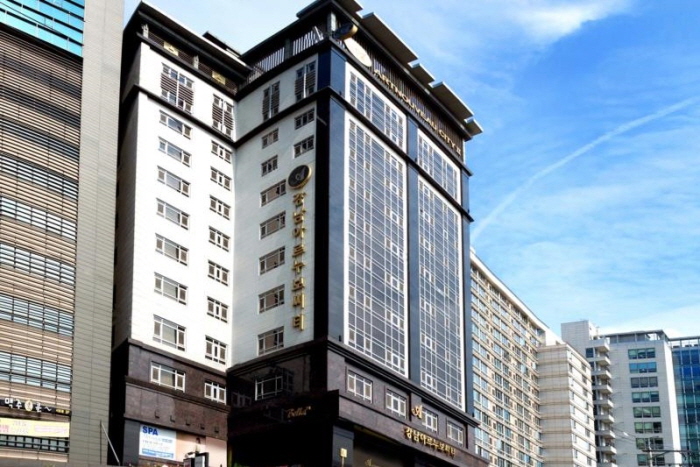
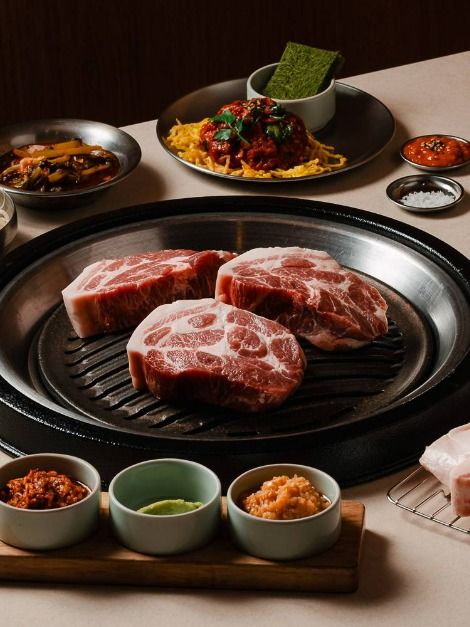
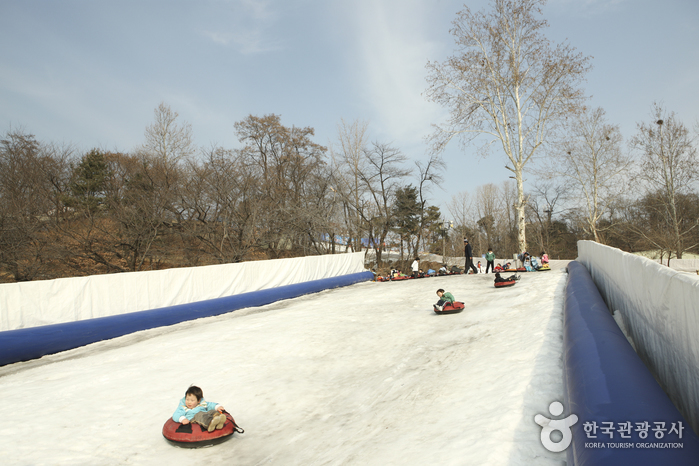
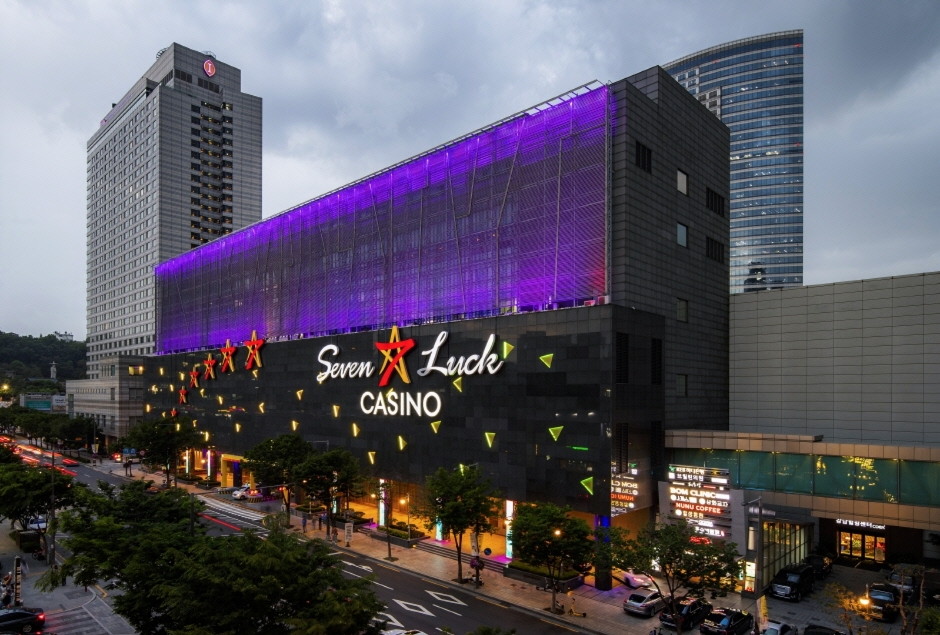
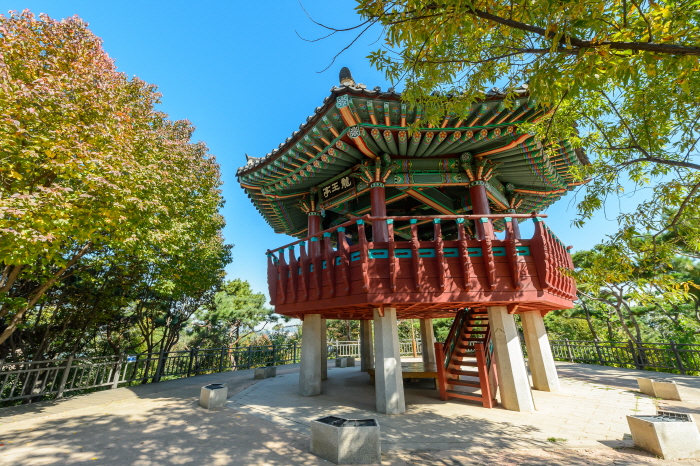
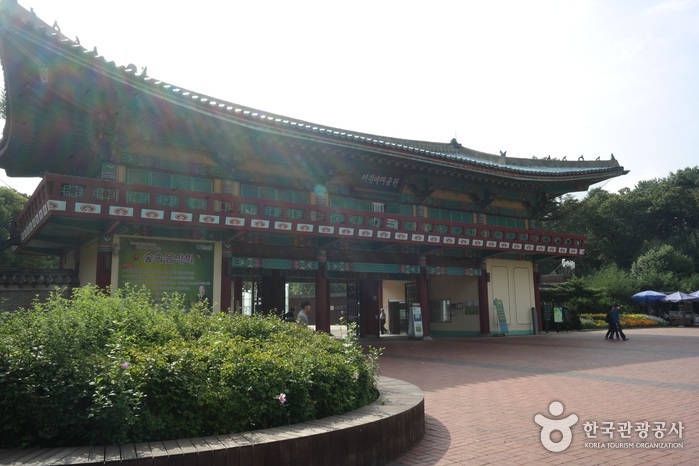
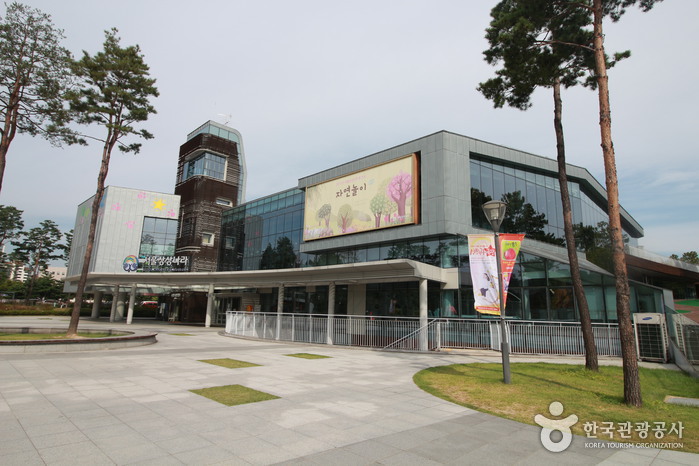
![Tumbas Reales Seooreung en Goyang (고양 서오릉) [Patrimonio Cultural de la Humanidad de la Unesco]](http://tong.visitkorea.or.kr/cms/resource/19/3527719_image2_1.jpg)
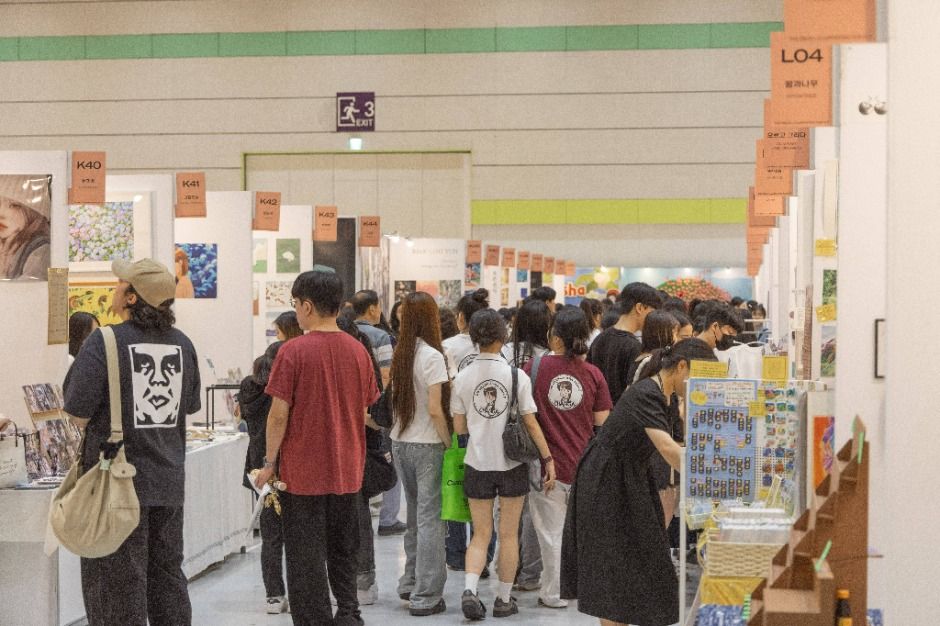
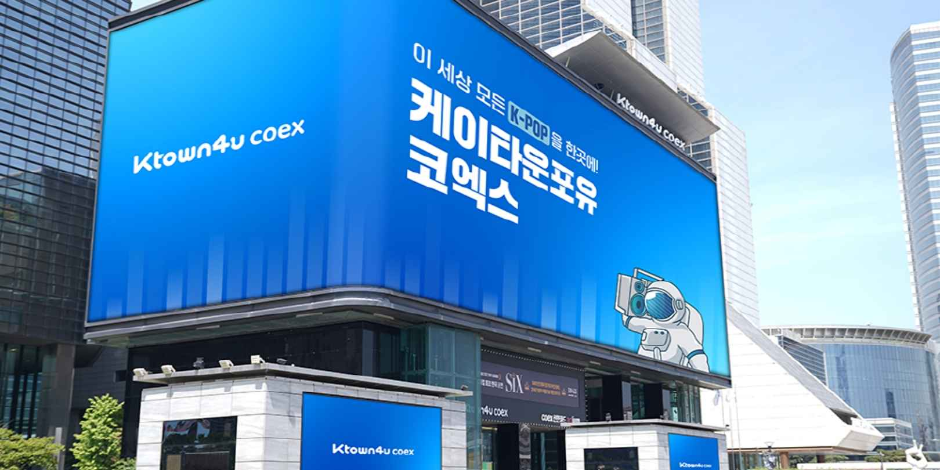
 Español
Español
 한국어
한국어 English
English 日本語
日本語 中文(简体)
中文(简体) Deutsch
Deutsch Français
Français Русский
Русский